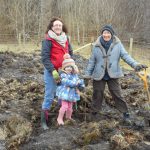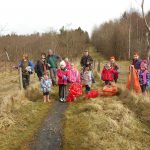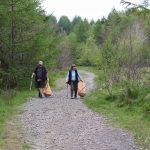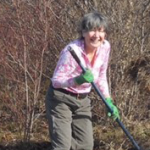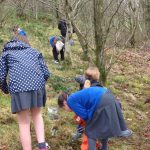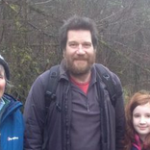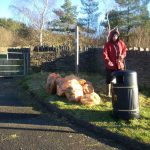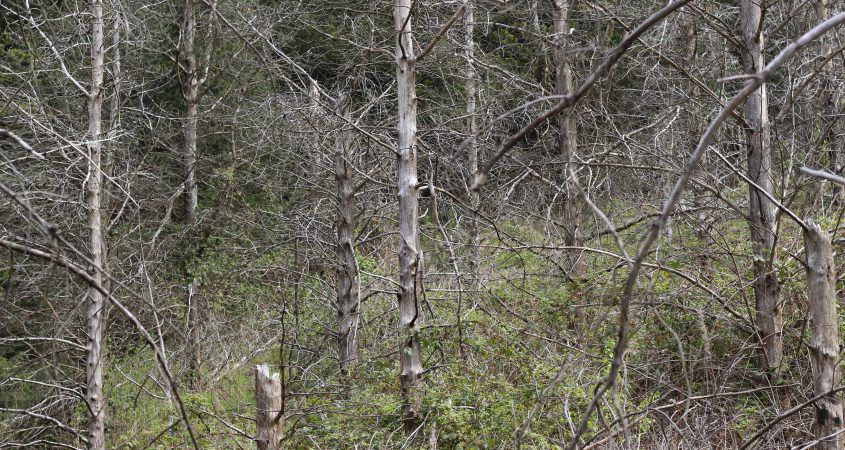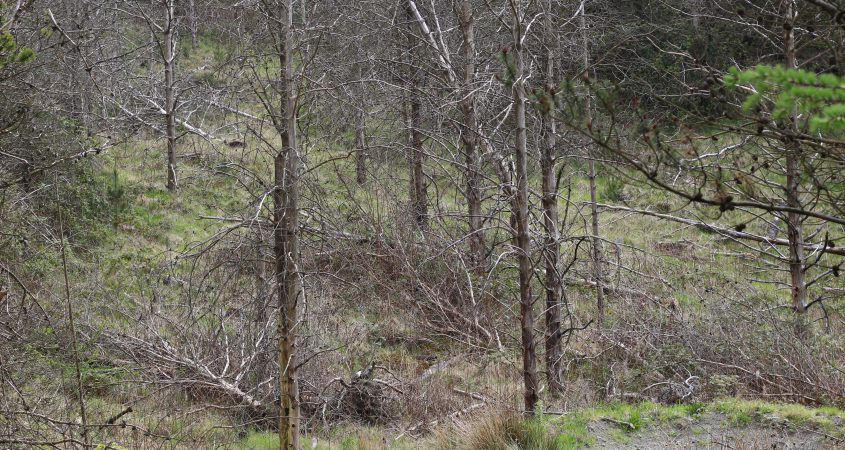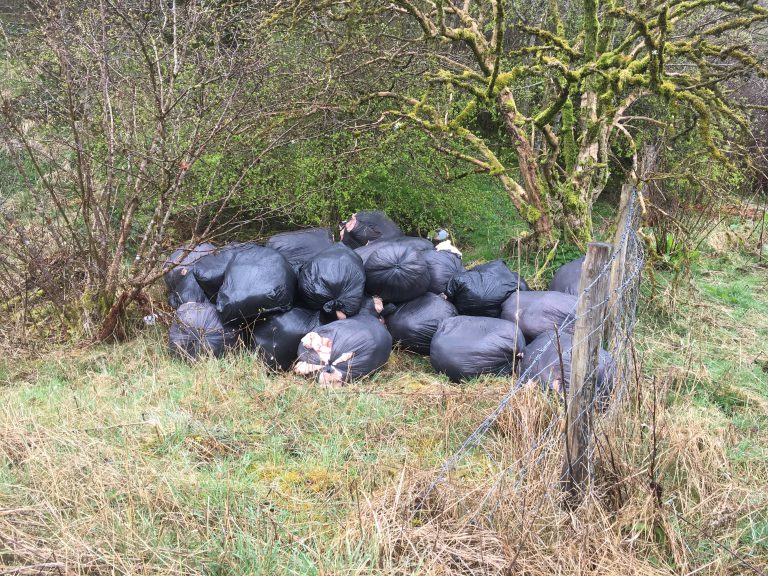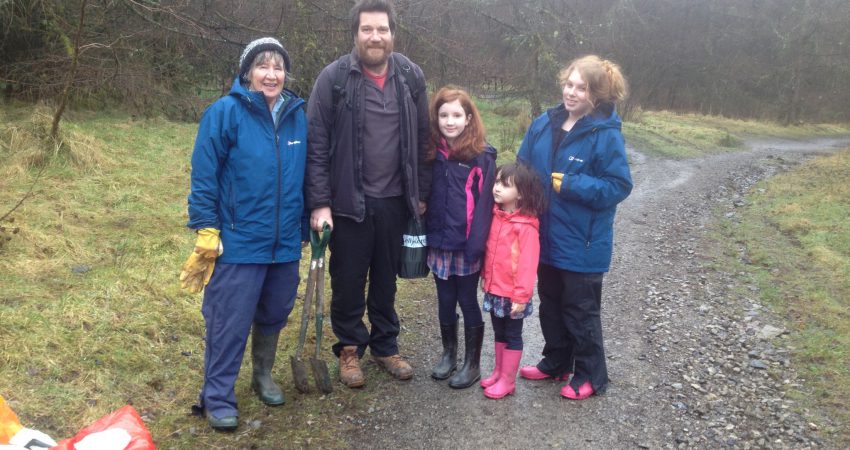- info@sirhowyhillwoodlands.co.uk
- Thomas Ellis Way, Tredegar NP22 4QF
- About Us
- Get involved
- Visit Us
Visit Tredegar & our Woodlands
Come and visit us!
Sirhowy Hill Woodland
Thomas Ellis Way
Tredegar
Blaenau Gwent
NP22 4QF - Wildlife
- Woodland Shop
Latest and greatest products, direct from our
Woodland Shop
Sourced from the Woodlands and the local community.
You have
item(s) in your bag
Welcome to Sirhowy Hill Woodlands
History of our Woodlands
Pre-industialrevolution
Humble beginnings
Sirhowy Hill Woodlands was once an Ancient Woodland, thriving with a wealth of fauna and flora and home to a vast community of wildlife species.
The woodland and surrounding areas that make up Sirhowy Valley cover about 85 hectares (“210 acres”) of land. The sites lies within the South Wales coalfield at an altitude of between about 320m above ordnance datum to the south, rising to about 395m above ordnance datum at the highest point near the centre of the site. The solid geology is dominated by the Westphalian Coal Measures which are overlain by Upper Carboniferous sandstones, the latter of which are locally exposed at the surface throughout the southern part of the site.
Prior to the industrial revolution the land was dotted with small farms, orchards and woodlands.
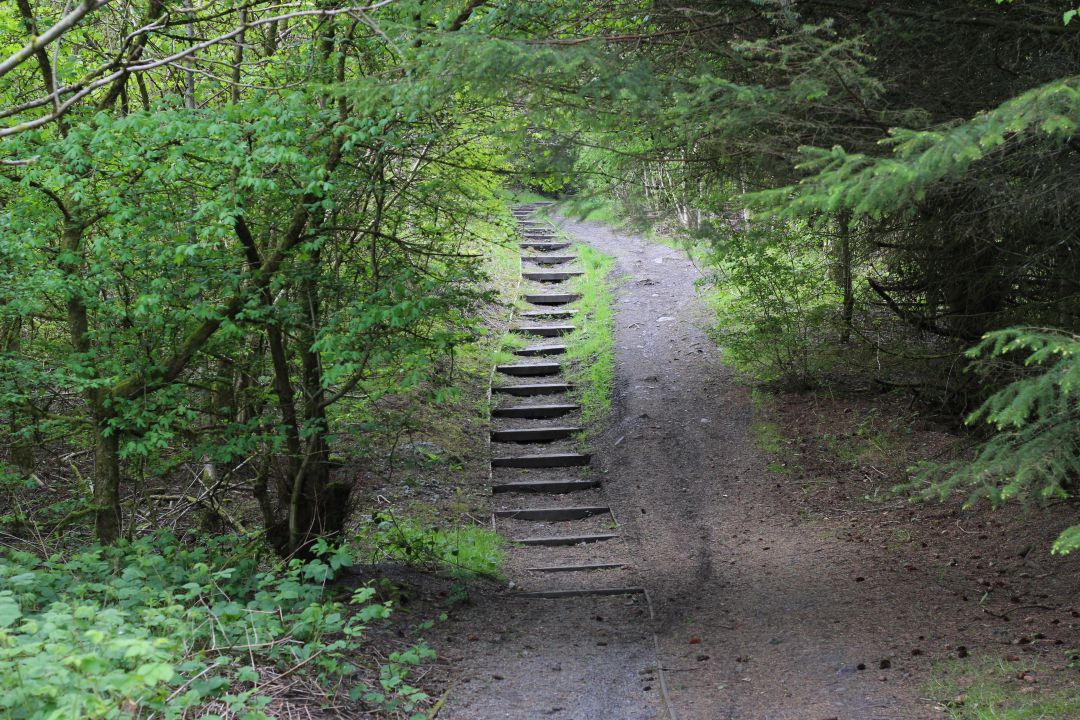
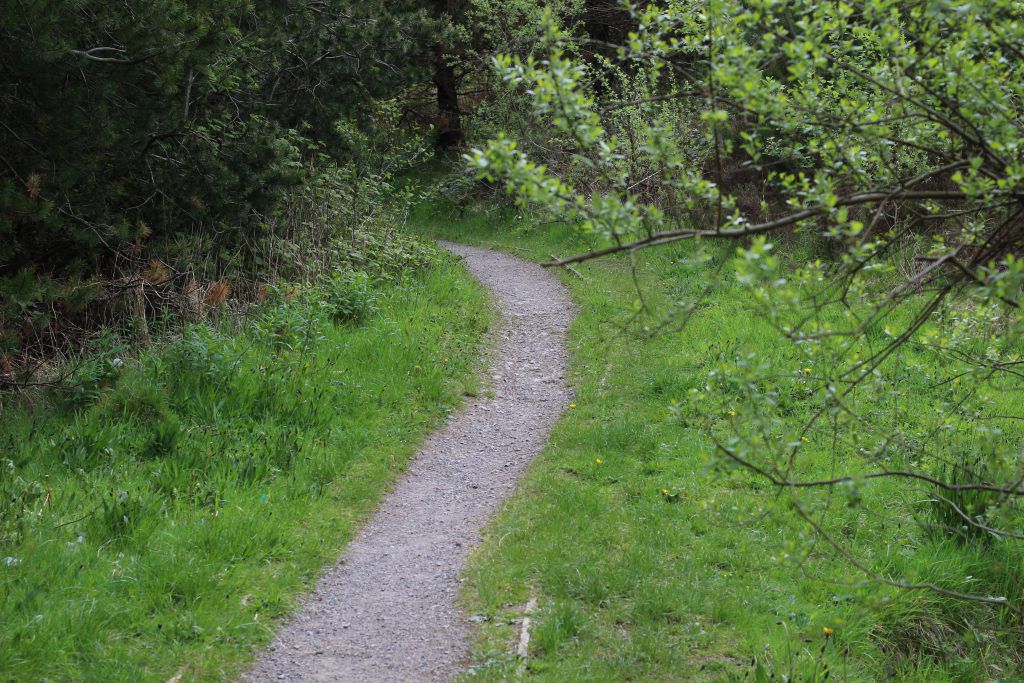
The Industrial Revolution
By the early 19th century, South Wales was the world’s biggest producer of iron; a century later, a third of the world’s coal was mined in this area and much of the local population was employed in these industries. By 1851, Wales was the world’s first industrial society, this meant that more people were employed by industry than agriculture. The sourounding landscapes of the South Wales valleys, including Tredegar and neighbouring areas became unrecongisable. Many of the ancient woodlands destroyed to make way for open-cast mining.
About Sirhowy Hill Woodlands
Sirhowy Ironworks
Tredegar Ironworks, a nineteenth-century coke fired plant, was located on the west side of the Sirhowy valley. The history of iron making at Tredegar can be followed back to at least to the eighteenth century when a forge is known to have operated there. In 1794 the site, operated by Harford and Partridge, comprised two refineries and a chafery. Expansion took place after 1800 when Samuel Homfrey (of the Penydarren Ironworks) leased from the Tredegar Estate a large area of land on Bedwellty Common, near Tredegar, in partnership with Richard Fothergill, Matthew Monkhouse, William Thompson and William Forman. For most of its working life the works were owned by the Homfray, Fothergill and Forman families.
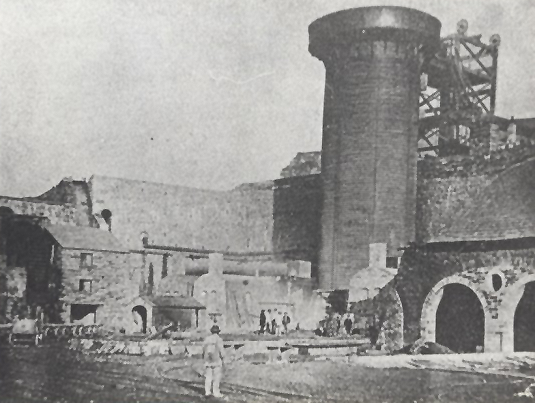
From 1803 (until 1818) Tredegar was used to convert Pig iron from the nearby Sirhowy works which, by 1805, was producing 3,700 tons of it. A second blast furnace was built in 1805, a further two by 1810, and a fifth was added in 1817. By 1823 these were producing more than 16,000 tons annually, rising to 18,514 by 1830. Further expansion took place in the 1830s and 1840s. By 1869 there were nine blast furnaces on the site served by 300 coke ovens and five blowing engines together with four forge trains served by 80 puddling furnaces. Iron was made into bars, rods and rails and was producing 1,000 to 1,100 tons of railway iron each week during 1869. In 1882 two Bessemer converters were installed to allow conversion to steel production, and the manufacture of steel rails guaranteed the works survival into the 1890s.
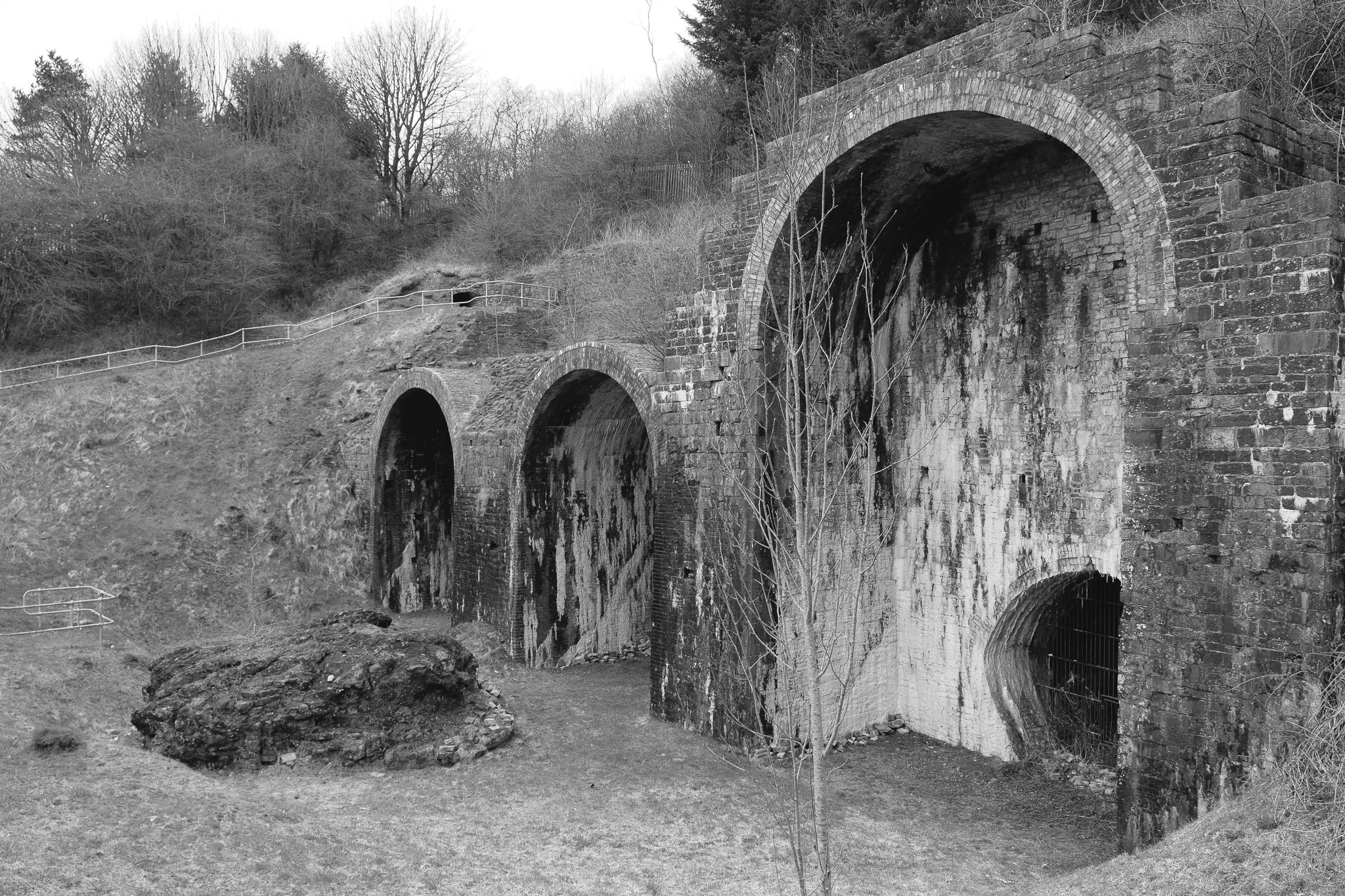
In 1875, the company had renamed itself the Tredegar Iron and Coal Company to allow development of additional coal mining capacity. In 1891 iron production ceased but coal mining continued. The former Tredegar Ironworks were effectively abandoned. The company continued to develop coal mines and work pits until it was nationalised in 1946, becoming part of the National Coal Board. The site, which forms a series of level terraces above the river has been extensively cleared and landscaped since closure.
The remains largely consist of a massive rubble-built furnace bank, built against the valley-side. This contains three high narrow arches with yellow brick heads, puncturing the retaining walls as brick barrel vaults. Parallel barrel-vaulted passage to rear of furnace bank, accessed by round-arched doorways. The left-hand and centre arches are similar, both with rubble rear walls. Passage to left of left arch, off which branch two lower cross-passages. Communicating arch between tunnels. Middle tunnel has circular oculus: in front of arch is low circular brick furnace base, with large lump of slag on top. In front of left arch are brick footings. The right-hand arch is much taller, and shallower, with a semi-elliptical arch to the rear, with filled-in rear shaft and arched side openings (much obscured by debris). Much masonry has been lost above the arch-rings, but set above are two small rubble-vaulted culverts, one containing a large cast-iron pipe.
To the S, in the hillside, are the remains of another furnace, consisting of the base of a slag-lined crucible, with footings of brick rectangular structure. To the NW are the remains of a stone building, with the mouth of a stone-lined barrel vaulted tunnel facing S, over C20 garages. In the NE corner of the site, the foundations of a small rubble-built structure, including the mouth of a stone-lined conduit.

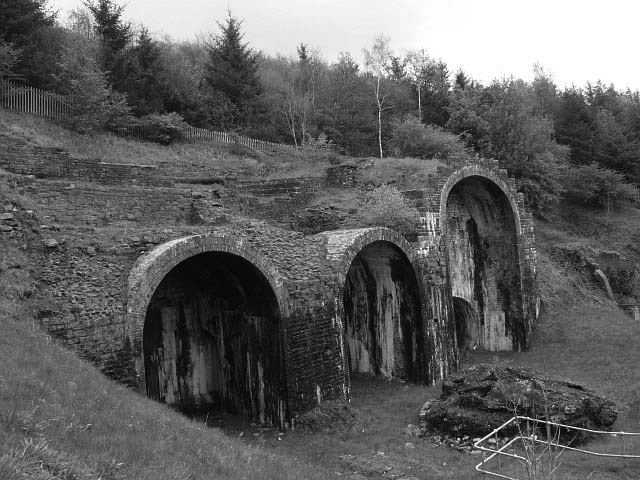
Black and white vertical aerial photograph taken of Sirhowy Hill Woodlands on 19/05/1947 centred on SO23530834 at a scale of 1:10000.
A new dawn for Sirhowy Hill Woodlands
The industrial aftermath of Sirhowy Hill Woodlands
Sirhowy Hill Woodlands, once an ancient woodland thriving with life, scarred by the industrial revolution of ironmasters now laid desolate and in disrepair. The site was historically worked for coal, both as patched mines and from deep mines, whilst the remainder of the site was used as a depository for steel industry waste, together with a household refuse tip.
The woodland and surrounding areas that make up Sirhowy Woodlands cover about 85ha Sirhowy Woodlands in Tredegar, Blaenau Gwent. This area is managed as a community woodland and the land is mainly owned by the council, although it also includes two relatively small areas which are in private ownership.

The majority of Sirhowy Hill was planted in phases between 1985 and 1990, predominantly with common alder (Alnus glutinosa), grey alder (Alnus incana), Italian alder (Alnus cordata), Norway spruce (Picea abies) and various pines (Pinus spp), willows (Salix spp) and poplars (Populus spp). Subsequent planting with broadleaves has taken place in selected areas, with species including sessile oak (Quercus petraea), beech (Fagus sylvatica), birch (Betula spp), common hawthorn (Crataegus monogyna) and rowan (Sorbus aucuparia)
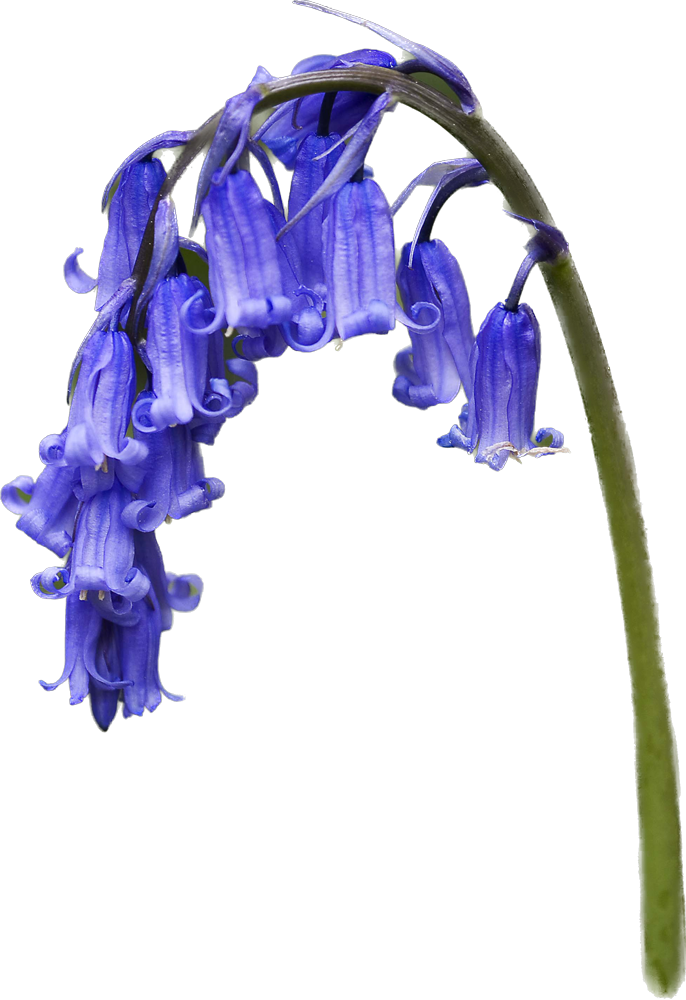
From spoil tip to fruit orchards...
A new dawn for Sirhowy Hill Woodlands
How Sirhowy Hill Woodlands group was formed...
A local resident contacted the Blaenau Gwent County Council Local Authority in the summer of 2015 and complained about the litter in the woodlands and asked what they were going to do about it. The LA had heard that a Cynefin Place Coordinator* was working in the area and asked for assistance in getting a litter pick organised. The Cynefin officer organised a litter pick and managed to get lots of other organisations to join in and contribute in some way.
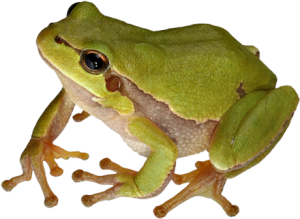
The first litter pick
The first litter pick held on a wet winter’s day succeeded in getting 18 people to attend and most of them were residents of Tredegar, numbers have increased as the group now holds regular litter picks. At the litter pick the Cynefin Officer went around talking to people finding out why they were there and how interested they were in the woods. At the end of the litter pick the Cynefin officer asked if anyone there was interested in starting up a woodland group, they gathered the contact details of interested parties and set about arranging a meeting in a local pub.
At the first meeting it became clear that there was plenty of interest and the residents were interested in forming a group. The Cynefin officer acted a s broker and coordinated all the relevant people and paperwork that is needed to start up a group. ReNew provided a mentor to assist with the writing of the constitution. Llais Y Goewig peer groups provided support and advice. As a direct result of the litter pick a woodland group has now formed “Friends of Sirhowy Woodlands” with a view to taking on some of the management of the woodlands and getting it better used and more accessible to local residents. All of the following groups helped either in creation of their constitution or provided support the local Keep Wales Tidy Officer, Space Saviours and Llais y Goedwig. People of all ages from 7 to nearly 70 have joined the group and numbers are growing month on month.
Sirhowy Hill Woodlands today...
Sirhowy Hill Woodlands CIC incorporation in 2019. Now a thriving voluntary group who actively manage nature and nurture the Woodlands.
